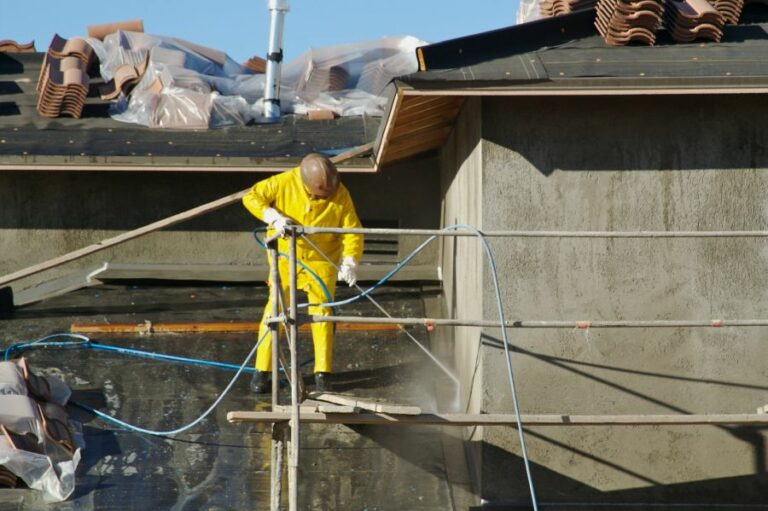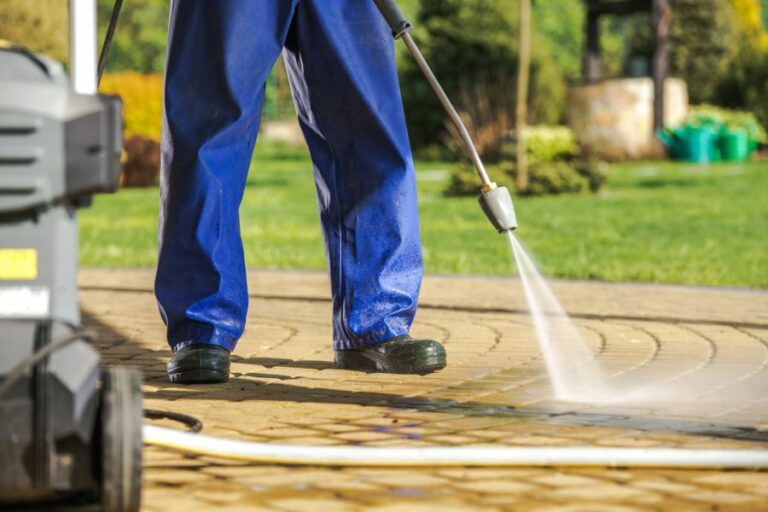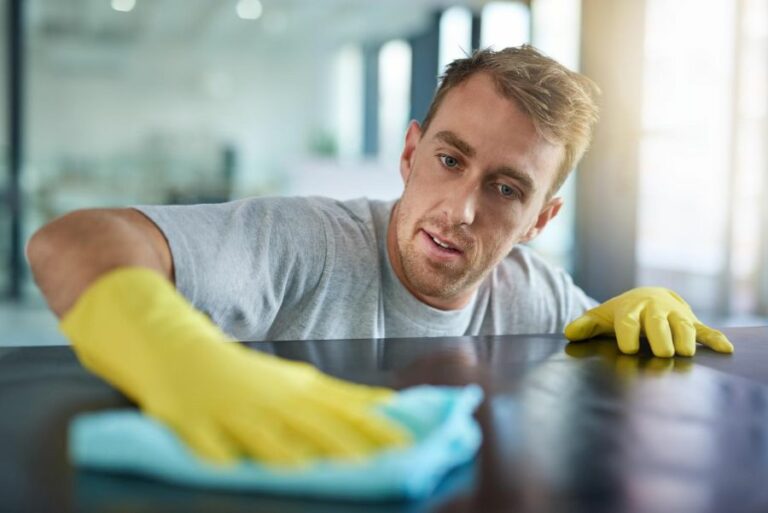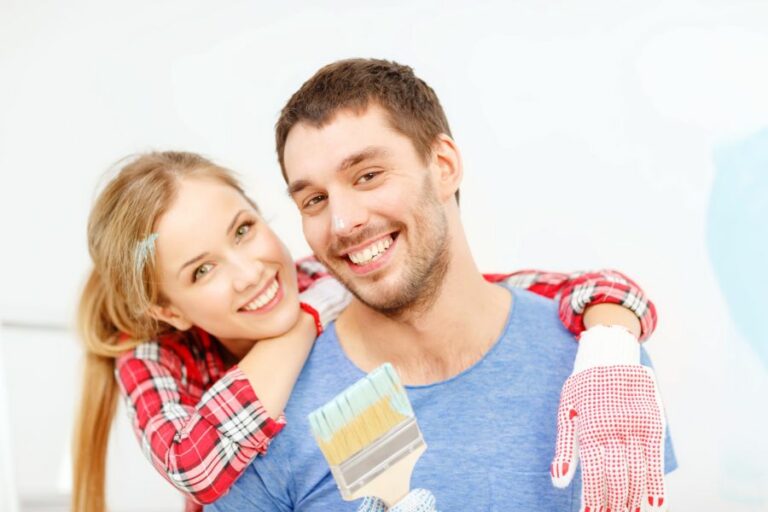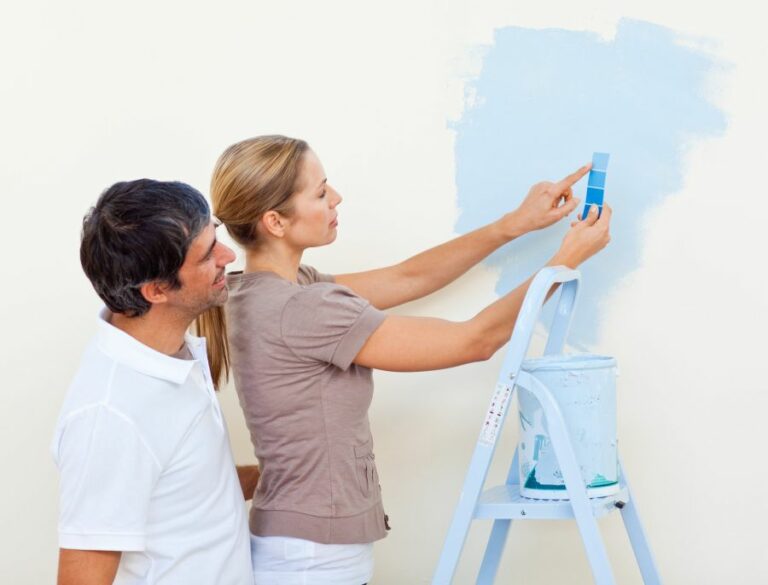Indoor And Outdoor Surface Disinfection. What Pros Say
As we continue to navigate our way through the current global health crisis, one cannot emphasize enough the importance of maintaining a clean and germ-free environment. That’s where indoor and outdoor surface disinfection comes into play. With our help, you can easily implement effective measures to protect yourself and those around you from harmful bacteria and viruses.
Indoor and outdoor surface disinfection:
Indoor and outdoor surface disinfection is crucial for maintaining a clean and safe environment. Common methods include using chemical disinfectants like bleach, hydrogen peroxide, and alcohol-based products, as well as steam cleaning and pressure washing. Focus on frequently touched areas, follow manufacturers’ instructions, and establish regular cleaning routines to effectively reduce infection risks and protect health.

Looking for effective ways to keep your surroundings germ-free? Our comprehensive guide on indoor & outdoor surface disinfection has you covered. From understanding different disinfectants to practical tips for efficient cleaning, read on to learn how to maintain a safe environment.
Contents
- 1 Disinfection of Interior & Exterior Surfaces
- 2 The Significance of Being Inside a Space
Disinfection of Interior & Exterior Surfaces
Surface disinfection is necessary for maintaining a clean, healthy, and safe environment, both inside and outside the home.
• The Importance of Surface Disinfection
The spread of disease-causing microorganisms, such as bacteria and viruses, occurs through various means, including contact with contaminated surfaces.
Regularly disinfecting common surfaces can help reduce the risk of infections and protect the health of people around you.
Indoor areas such as kitchens, bathrooms, and living spaces require frequent cleaning, while outdoor surfaces like playgrounds, benches, and railings are exposed to various environmental factors.
• Indoor Surface Disinfection
– Common Surfaces and Key Areas for Disinfection
Some areas of the home are more prone to germs because they are frequently touched or more exposed to contamination. It’s crucial to prioritize these “hotspots” to maximize the effectiveness of your disinfection routine. Common areas include:
- Doorknobs, light switches, and handles
- Kitchen countertops and appliances
- Bathroom surfaces such as faucets, sinks, and toilets
- Remote controls, keyboards, and other frequently touched electronics
- Furniture, toys, and other items shared between household members
– Indoor Disinfection Methods and Products
Chemical Disinfectants
Common chemical disinfectants include bleach, hydrogen peroxide, and alcohol-based products. These are effective at killing various microorganisms, but they can be harmful if not used correctly. Always follow the manufacturer’s instructions for proper dilution, application, and contact time.
- Bleach: A dilution of 1:32 is effective for general disinfection purposes. Mix one part bleach to 32 parts water and apply it to surfaces using a cloth or spray bottle. Let it sit for at least 10 minutes before wiping or rinsing. Here is the CDC’s detailed guidance on using bleach for disinfection.
- Hydrogen Peroxide: A concentration of 3% can be used directly on surfaces. Apply it with a cloth or a spray bottle, and let it sit for at least 10 minutes before wiping or rinsing.
- Alcohol-Based Products: Use a product containing at least 70% alcohol for surface disinfection. Apply it using a cloth or a spray bottle, and let it evaporate without wiping it.
Remember that these chemicals may damage sensitive materials or surfaces, so always test them in an inconspicuous area before applying them widely.
Steam Cleaning
Steam cleaners emit high-temperature steam capable of killing bacteria, viruses, and other microorganisms on contact. This chemical-free method is suitable for various surfaces, such as carpets, furniture, and bathroom fixtures.
However, it may not be effective against some tougher pathogens like spores and certain viruses.
– Expert Tips for Indoor Surface Disinfection
- Focus on frequently touched areas and objects when disinfecting your home.
- Always wear gloves and protective eyewear when handling chemical disinfectants.
- Keep windows open during and after disinfection to ensure adequate ventilation.
- Dispose of cleaning materials, such as disposable gloves and rags, in a sealed plastic bag.
- Establish a regular cleaning schedule to maintain a disinfected environment.
• Outdoor Surface Disinfection
– Common Surfaces and Key Areas for Disinfection
Outdoor surfaces are exposed to various environmental factors, and they are often made of materials that can withstand a higher degree of wear and tear. Areas to focus on for outdoor disinfection include:
- Playgrounds and outdoor toys
- Public benches and picnic tables
- Handrails and banisters
- Sports equipment and surfaces
– Outdoor Disinfection Methods and Products
While outdoor surfaces can be more challenging to disinfect than their indoor counterparts, either due to exposure to weather conditions or size limitations, there are still options available for effective cleaning:
Pressure Washing
Pressure washing uses high-pressure water to remove dirt, grime, and other contaminants from surfaces. This method can be useful for cleaning large areas, such as driveways, sidewalks, and patios. However, it may not be as effective in killing microorganisms as chemical disinfectants.
Chemical Disinfectants
Chemical disinfectants can also be used outdoors, but ensuring they are suitable for outdoor use and will not harm the environment or surrounding plants is essential.
Some products, such as patio and deck cleaners, are specifically designed for outdoor disinfection, typically including an active ingredient like benzalkonium chloride. Always follow the manufacturer’s instructions for proper dilution, application, and contact time.
– Expert Tips for Outdoor Surface Disinfection
- Regularly clean and disinfect outdoor surfaces that are frequently touched or used.
- Be mindful of environmental risks when using chemical disinfectants outdoors.
- Use pressure washing as a complementary method to chemical disinfection for large outdoor surfaces.
- Store outdoor items in a clean, dry area when not in use to minimize contamination.
- For playgrounds and other public spaces, consider collaborating with community members to establish a cleaning schedule.
• In Conclusion
Indoor and outdoor surface disinfection is crucial for maintaining a clean, healthy, and safe environment. By following expert recommendations for different surface types and cleaning methods, you can effectively reduce the risk of infection and protect the health of those around you.
Establishing regular cleaning routines and engaging in proper disinfection techniques will help keep communal spaces germ-free and enjoyable for everyone.
The Significance of Being Inside a Space
In today’s fast-paced and technology-driven world, the concept of being indoors has taken on new significance. Indoor environments provide a variety of benefits and opportunities for work, leisure, and well-being.
• The Definition of an Indoor Environment
Being indoors refers to spending time within any covered, enclosed space, such as a house, office, or commercial establishment.
This can include anything from apartment buildings and shopping malls to schools and hospitals. In general, such environments provide protection from the elements and create spaces for people to live, work, socialize, and engage in leisure activities.
The United States Environmental Protection Agency (EPA) offers valuable information on indoor environments and their potential impact on human health.
• Advantages of Indoor Living Spaces
– Shelter and Protection
One of the primary reasons for being indoors is to seek shelter from the weather and other external factors. Protection from rain, snow, or extreme heat/cold is essential for maintaining physical well-being and comfort.
Indoor spaces also protect from harmful UV rays and reduce the risk of sunburn or skin damage.
– Controlled Atmosphere
Indoor environments typically offer better air quality and temperature control compared to outdoor spaces. The ability to use heating, ventilation, and air conditioning systems (HVAC) ensures a comfortable environment for occupants regardless of weather conditions.
Proper ventilation also helps to maintain air quality, removing pollutants and allergens from the atmosphere.
– Enhanced Productivity
Being indoors generally provides an ideal environment for work or study. Many indoor spaces are well-lit, offering natural light during the day and ample artificial light at night.
Moreover, enclosed spaces typically have fewer distractions than outdoor settings, helping individuals remain focused and productive.
– Opportunities for Leisure and Socialization
Indoor spaces such as shopping malls, cafes, and cinemas provide opportunities for individuals to engage in various leisure activities and socialize with others. In addition, gyms and sports facilities located indoors offer year-round options for exercise and physical activity.
• Maintaining a Healthy Indoor Environment
While being indoors has its advantages, it is crucial to be mindful of indoor air quality and safety practices. Some recommendations for maintaining a healthy indoor environment include:
– Ensure Adequate Ventilation
To promote good air quality, it is important to have proper and well-maintained ventilation systems in place. Opening windows and using exhaust fans can also help to minimize pollutants and improve air circulation.
– Maintain Cleanliness
Regular cleaning and dusting can reduce the presence of allergens, such as pet dander or dust mites, in indoor spaces. Vacuuming carpets and wiping surfaces with a damp cloth can help to keep your indoor environment free from contaminants.
– Monitor Humidity Levels
High humidity levels can lead to mold growth and trigger respiratory issues, while low humidity can cause dry, itchy skin or irritated eyes. Aim to maintain a humidity level of 30-50%, and consider using a humidifier or dehumidifier if necessary.
– Be Mindful of Indoor Air Pollutants
Be cautious when using products such as household cleaners or pesticides, as they can introduce harmful chemicals into the air. Opt for natural or fragrance-free products when possible, and always use such items in well-ventilated spaces.
• The Impact of Indoor Environments on Mental Health
Spending prolonged periods indoors can impact mental health in various ways, both positively and negatively.
On the one hand, having a comfortable and personalized living space can provide a sense of stability and belonging, promoting mental well-being. However, extended periods of staying indoors can contribute to feelings of isolation or restlessness.
To maintain mental health while indoors, consider the following strategies:
– Create a Comfortable and Aesthetic Living Space
Ensure that your indoor environment reflects your personal style and preferences. A well-decorated and comfortable space can improve mood and promote relaxation.
– Establish a Routine
Having a daily routine can provide structure and a sense of purpose while indoors. Incorporate regular sleep schedules, designated work or study hours, and time for self-care and leisure activities.
– Stay Active
Physical activity can significantly improve mental health by reducing stress levels and boosting mood. Participate in indoor exercise routines or take advantage of indoor sports facilities.
– Socialize Virtually
Staying connected with friends and loved ones through digital means can help to prevent feelings of isolation or loneliness. Regular virtual meetups or online group activities can provide a sense of social connection while indoors.
• The Balance: Being Indoors and Outdoors
While being indoors has numerous advantages, it is essential to maintain a balance between time spent indoors and outdoors.
Engaging in outdoor activities, such as walking or gardening, can provide physical health benefits and improve mental well-being. Integrating indoor and outdoor experiences can help to maintain a well-rounded, healthy lifestyle.

